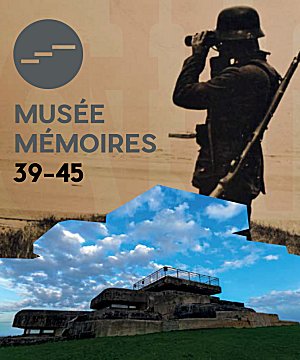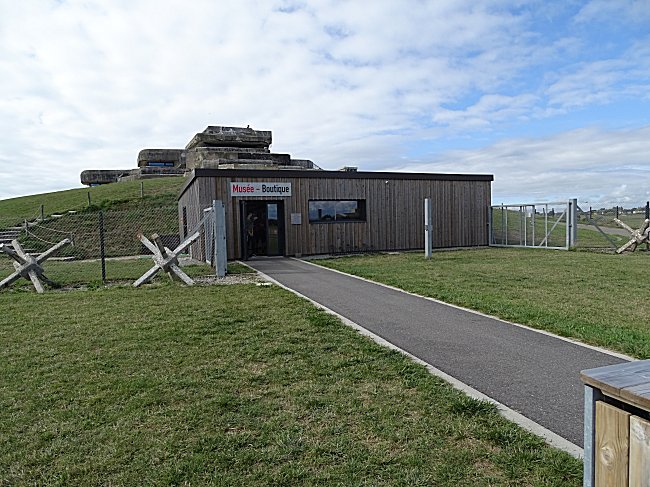We can see them from afar, large concrete platforms dating from the last World War. They were built in July 1940 by the occupier and were part of a vast defensive system designed to prevent Allied ships from entering the port of Brest. Here, in Kéromnès, in a huge bunker, is the battery's fire command post Graf Spee1 which extended from Kéringar to the coast. The most formidable German battery in all of western Brittany, occupying 22 hectares, and of which Kéromnès was the centre. The remains of this post are still in good condition and have been transformed into a museum. And not just any museum : a museographic success in an exceptional concrete labyrinth !
Access :
The "Mémoires 39-45" museum is located on the D 85 road between Le Conquet and Plougonvelin, 500 m after La Pointe St-Mathieu, in the direction of Plougonvelin. It is easily identified by its row of flags and its two World War II naval anti-aircraft guns pointing skyward at the roadside. Ample parking for all types of vehicles.
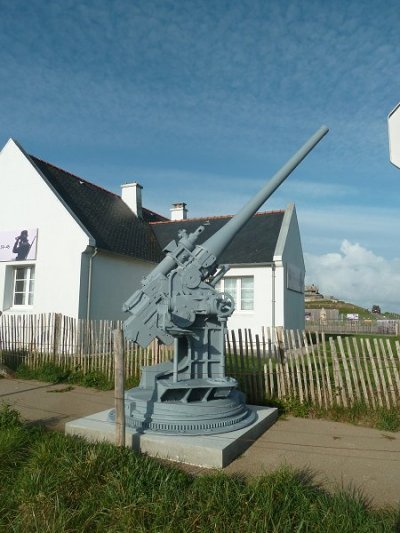
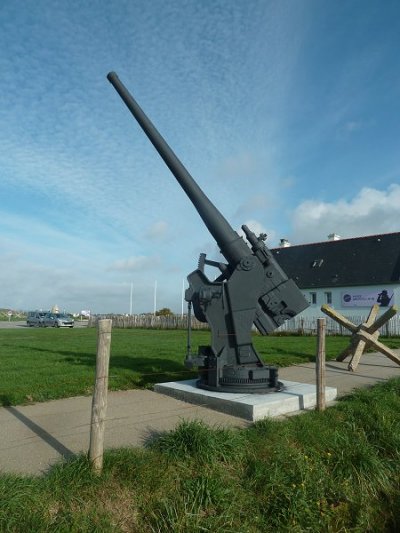
These French guns, one of 75 and the other of 90 mm come from an arms depot in Morbihan.
They were both used by the German army during the Second World War.
The smallest was the original one set up locally at the Rospects, on the Erika flak battery.
Open daily from April 1st to November 11th from 10 am to 6.30 pm, and from 10 am to 6 pm during the Christmas and winter holidays except on public holidays.
Phone: 02 29 02 84 56
All information, click on the website :
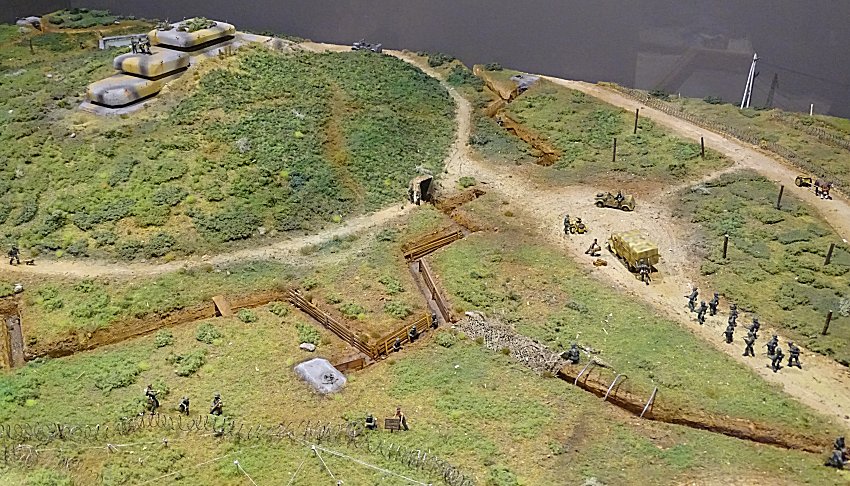
The Kéromnès firing command post in September 1944
Part of the model exhibited in the museum
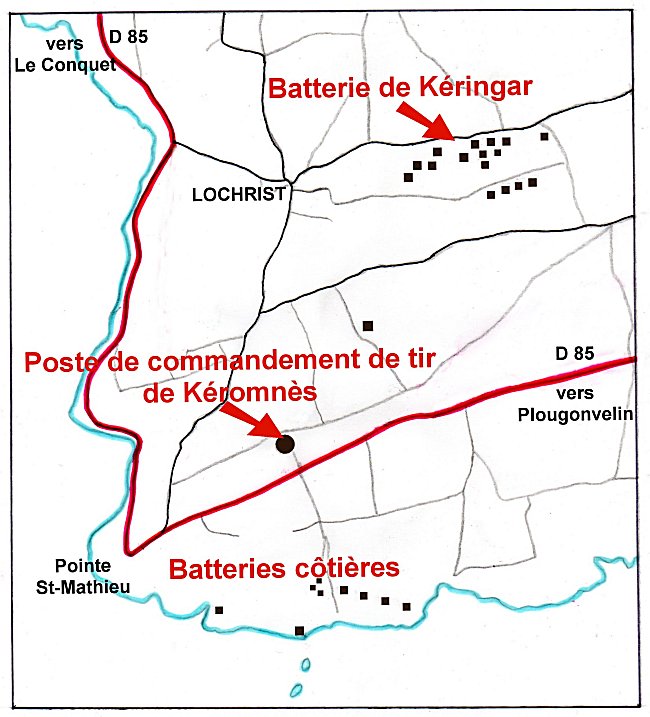
Verteidigungsbereich Marine Küsten Batterie GRAF SPEE
Kriegsmarine Coastal Defensive Complex Graf Spee
After entering the large car park, visitors must pass between two former concrete gatehouses that are sure to intrigue them. They were not part of the site but came from Brest where they guarded the access to an anti-aircraft battery near the Arsenal. Each has three loopholes through which the sentinel, well protected by a thick concrete wall, could resist attack. Forgotten among rubble, they were recovered a few weeks before the museum opened.
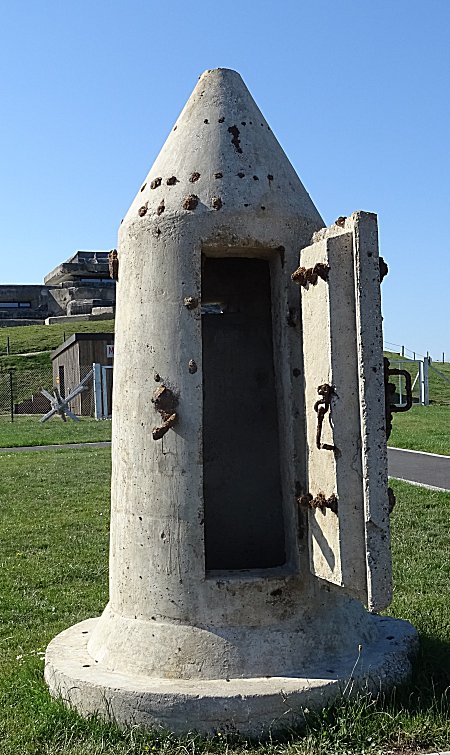
|
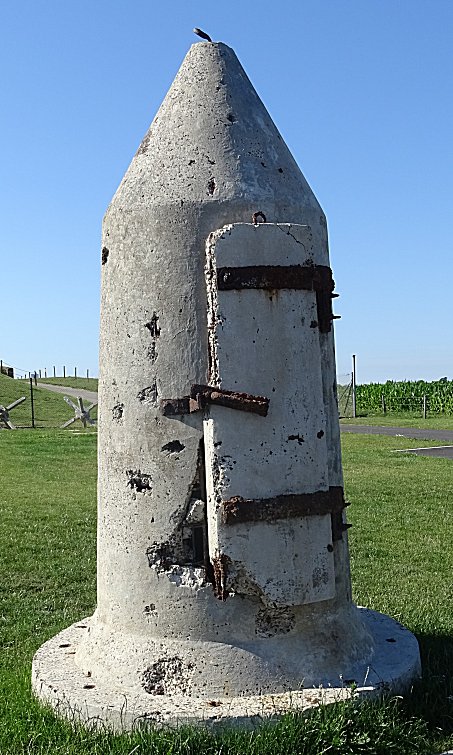
|
Similarly, on the lawn, there is a real 1944 landing craft. One imagines the IMs crammed and buried in the bottom to shelter from the gunfire behind the metal disembarkation gate and the fragile plywood hull before beaching.
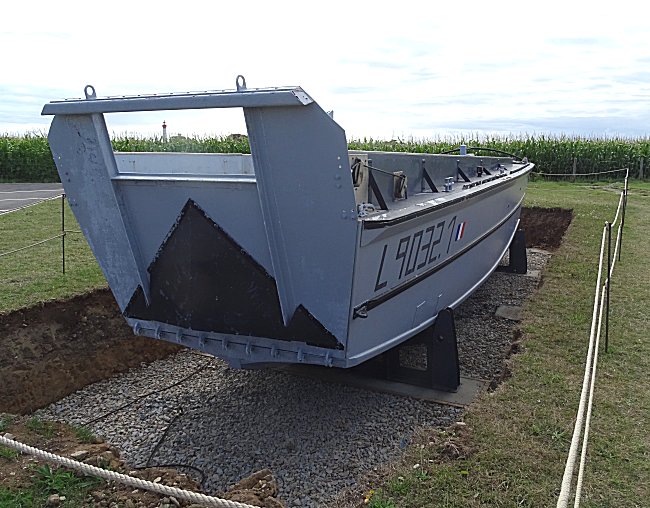
As soon as you enter the reception room, a first window gives an overview of the richness of the military elements displayed below. These are collectibles worthy of a Prévert style inventory from the various armies that fought in the West.
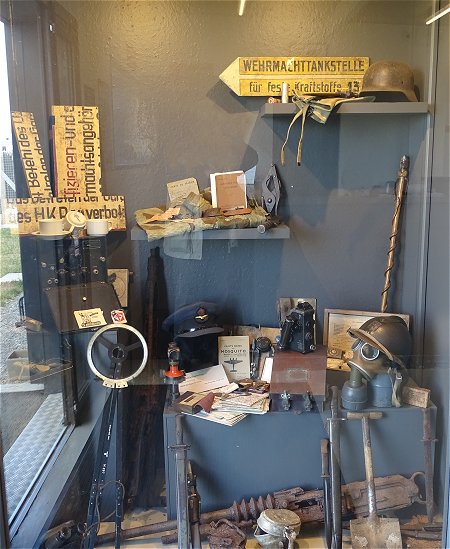
The visit starts immediately after the ticket office by a flight of steps leading into the depths of this super-bunker. It reaches the lower level, type M151, reserved for the German garrison cantonment of this command post. A sign reminds us of the motto: "Five minutes before time is the soldier's punctuality".
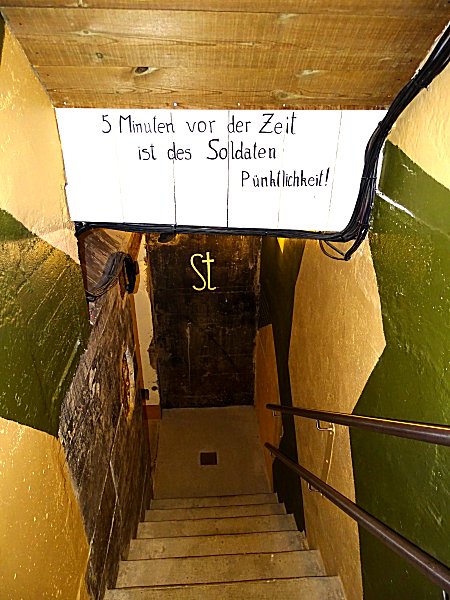
Several bunkrooms are located in this basement. But we don't just see empty bunks : full size realistic models dressed in uniforms are there, depicting scenes of daily life. One of them shaves in front of a long sink, others play cards. Thanks to a host of accessories from the war era, this concrete universe seems to come alive and gives the visitor a sense of what it would have been like to have been based here.
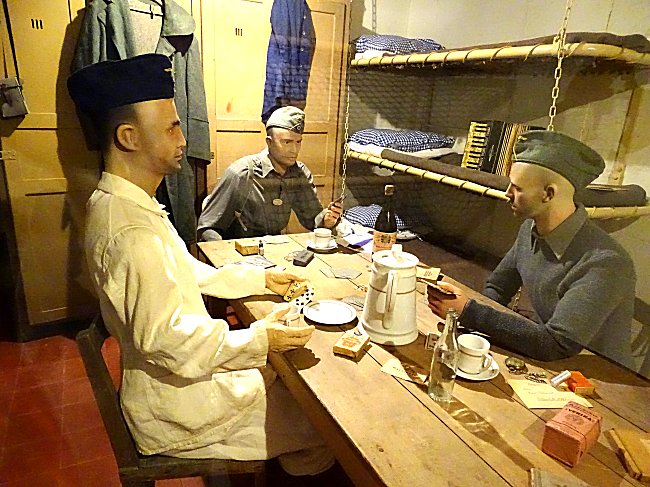
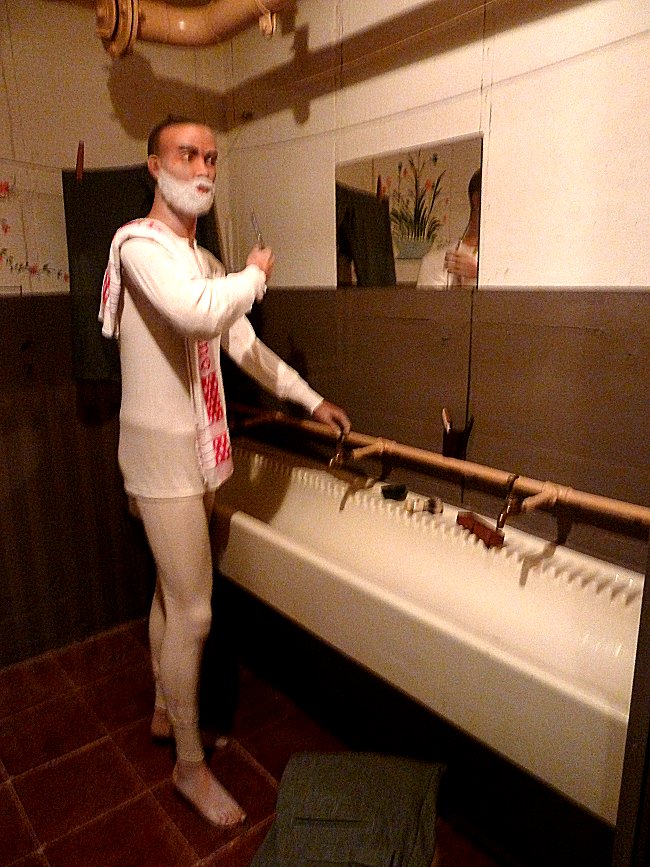
The next two floors were devoted to the officers' sleeping quarters, the service rooms and the rooms for calculating firing coordinates. Today, we discover large display cases where models dressed in various allied uniforms or civilian clothing take part in daily scenes of the occupation, parachuting, Resistance, or passive defense.
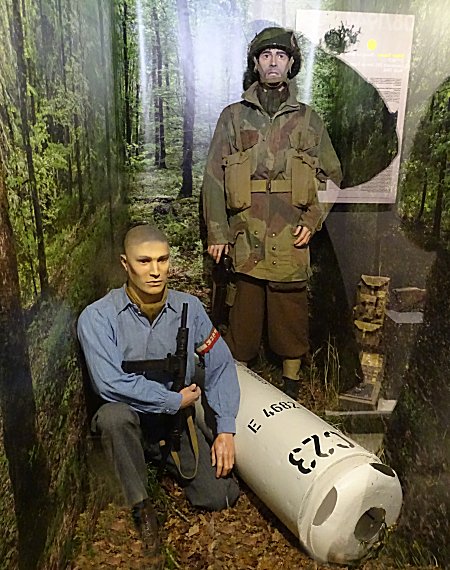
A Resistance fighter welcomes an allied fighter who has just been parachuted in
Signs explain to visitors the fire power of the Keringar battery, whose 4 main 280 mm SKL 40 guns were capable of firing 240 kg shells from a distance of 30 km. Normally, 250 soldiers served it. However, during shooting exercises, it had to accommodate hundreds of others from different batteries. Its multiple blockhouses and barracks were spread along the coast as well as inland.
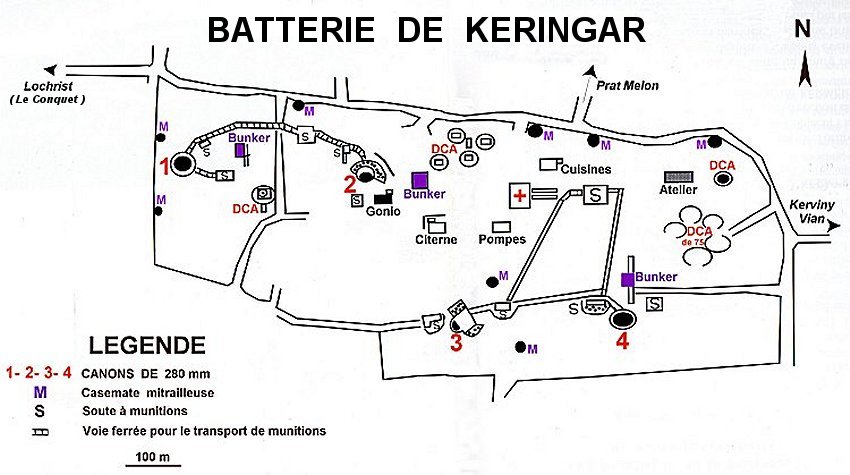
Plan of the Keringar battery according to Jo Gentil:
"1940-1944 La Résistance dans le canton de St-Renan", Ed. Delpresse, 1994.
However, what interests the inhabitants of the region most are the many testimonies, anecdotes and short stories collected from witnesses, most of whom have now disappeared. Various facts, but also letters from prisoners, executions of civilians for acts of resistance, while under Pétain's regime the population was urged to side with the German occupier.
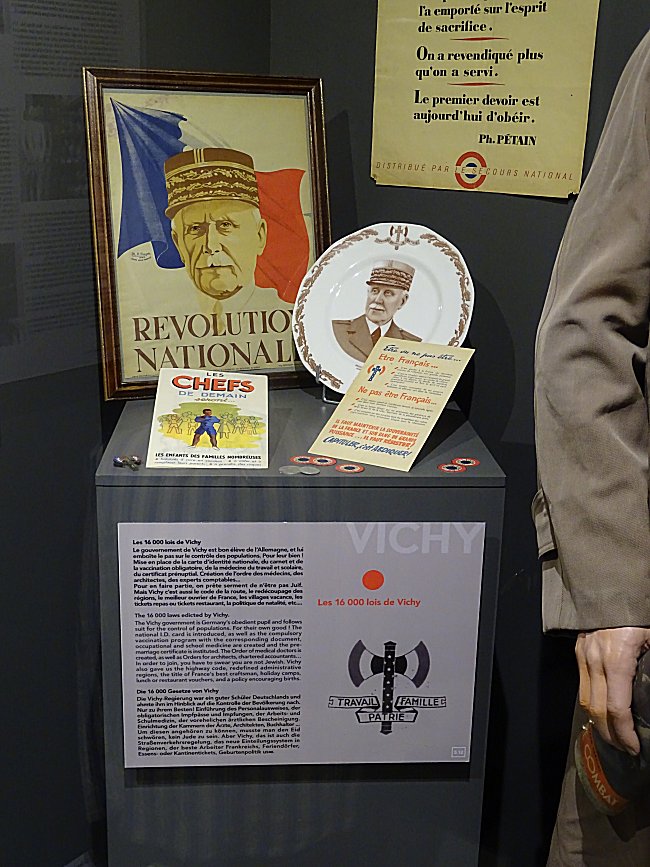
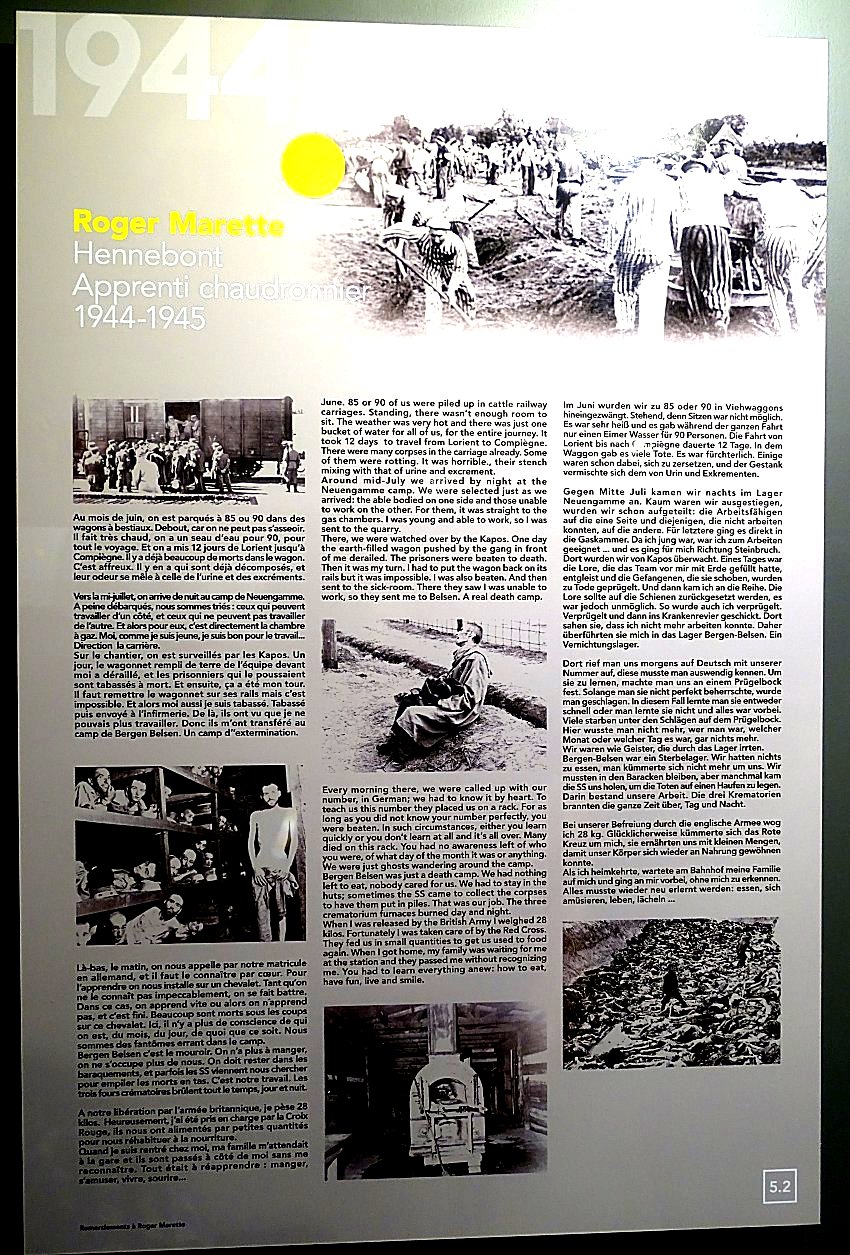
A passive air raid defense shelter has been reconstructed to give you a most realistic sound and light experience in a choice of languages. You enter and sit in a cellar for twelve long minutes you experience what the 112th bombing the city of Brest would have been like. A memorable moment, not to be missed.
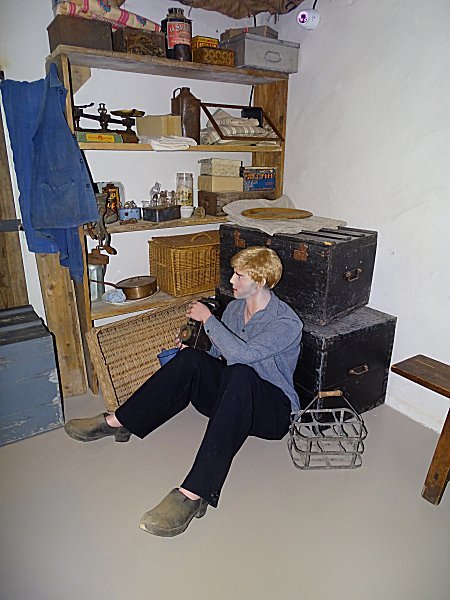
The tour continues to the top two floors, which enjoy a magnificent panoramic view. We learn how the site fell to the allies in quite exceptional circumstances. The bunker, which was reputed to be impregnable, fell on September 9, 1944 with the help of the Maquis in the hands of the G.I. of the 2nd and 5th American Rangers. (
click here for more informations on the Kergoff Maquis ).
The extraordinary victory of a handful of four foolhardy men, including their leader, Bob Edlin, who threatened the colonel Fürst with an unpinned grenade in his hand and obtained an unconditional surrender of the entire Graf Spee battery, which was about 800 men strong.
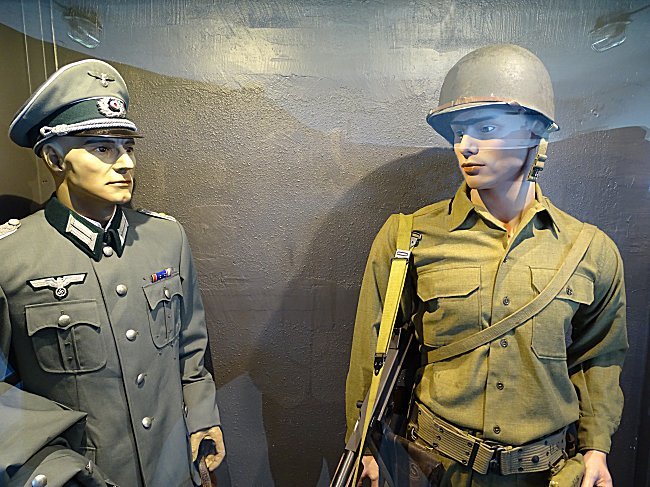
The surrender
A large rangefinder occupies the last room and a final door to reach the terrace to contemplate the view.
It is not difficult to imagine why the Germans chose this site which boasts a 180° view of the Iroise Sea and why they were so keen to maintain and strengthen this incredible position.
Down from the terrace is a 40 mm anti-aircraft allied gun whose plates indicate the date of construction.
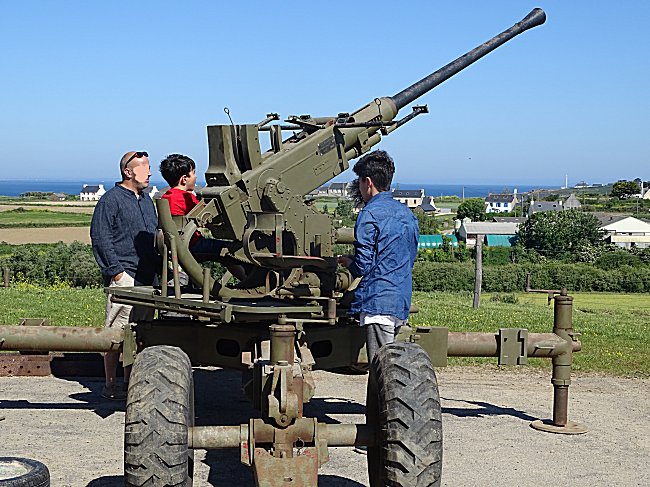
It is undoubtedly the only one in the whole of the Pays d'Iroise that is still in good condition.
(
follow here a itinerary to visit the canons of Iroise ).
Various large items of equipment are also on display, including a big underwater mine, a wagon designed to transport sand and gravel to make concrete for the bunkers, and finally, the highlight of this exhibition, a 31-ton American Sherman M4A1 tank equipped with the second model T23 turret and the 76mm long gun.

It took five tanks of this type to overcome a single German Tiger tank.
But as it was mass-produced, the Sherman had the advantage in numbers.
Before leaving the museum through the ticket office, model enthusiasts will be able to acquire a scale model of this mythical tank of the Liberation.

-1- The name "Graf Spee" comes from the name of the German battleship Admiral Graf Spee, a hero from the First World War. The commander preferred to scuttle his ship in December 1939 in Montevideo rather than surrender to the British fleet. The four 280mm guns of the Keringar battery came from the battery at Fort Graf Spee, Germany, on the Isle of Wangerooge, not far from Wilhemshaven.
Thanks to Glyn Orpwood who reread this text and modified the English version.
***
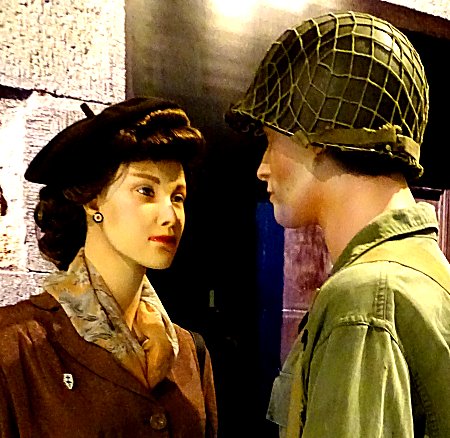
READ MORE
First of all, navigate to this English site dedicated to the whole Atlantic Wall :
http://www.atlantikwall.co.uk/
And try to get this book, in English, very well illustrated:

Osprey Publishing. Oxford. 2018.
Other works
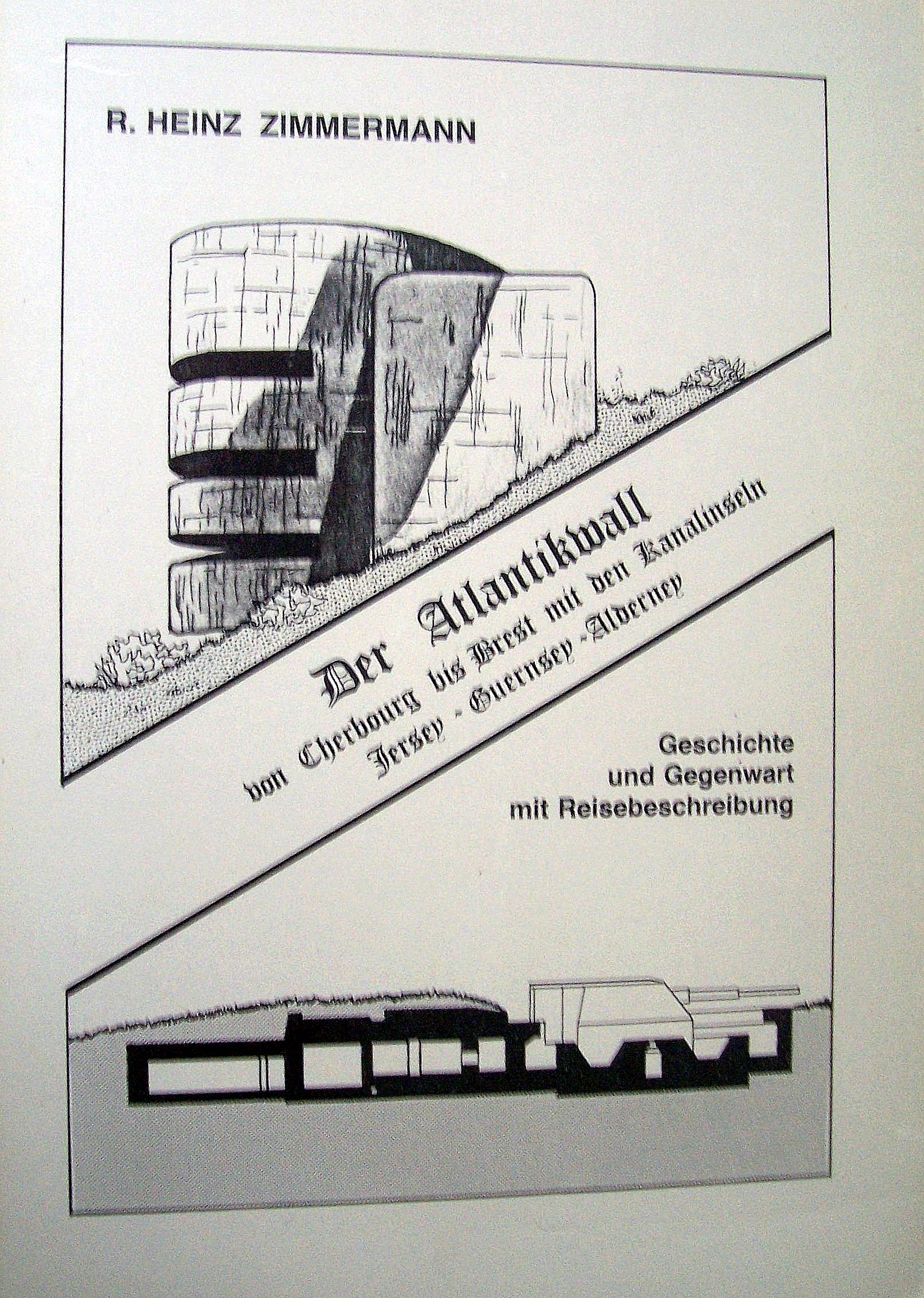
R.Heinz Zimmermann.Munich.1999. |
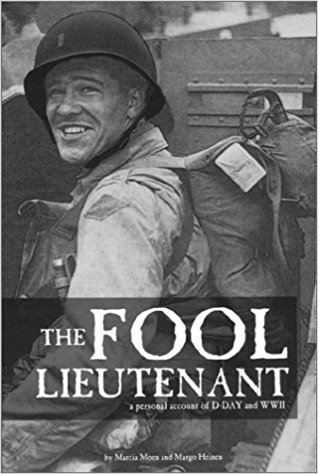
Marcia Moen & Margo Heinen Meadowlark Publishing. 2002. |

Colonel Robert W. Black. Stackpole Military History Series. 2013. |
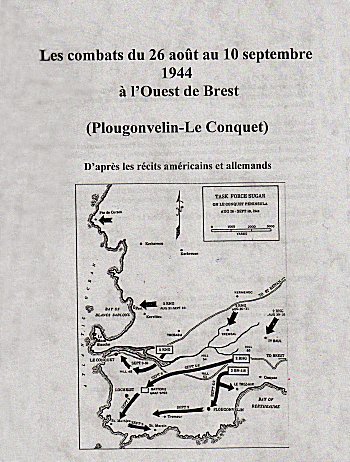
Jean CHEVILLOTTE |
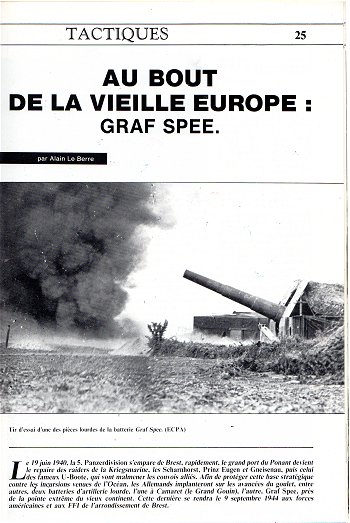
Alain LE BERRE in "39-45 Magazine" n°43 |
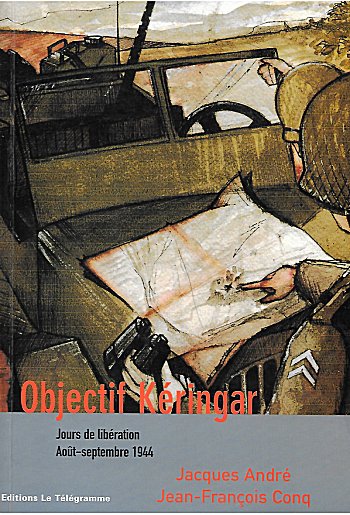
J.ANDRE & JF CONQ. Ed. Le Télégramme |
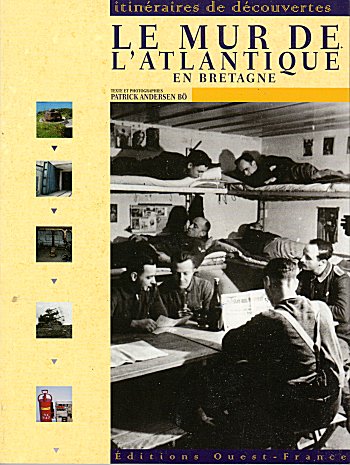
Patrick ANDERSEN BÔ. Ed. Ouest-France |
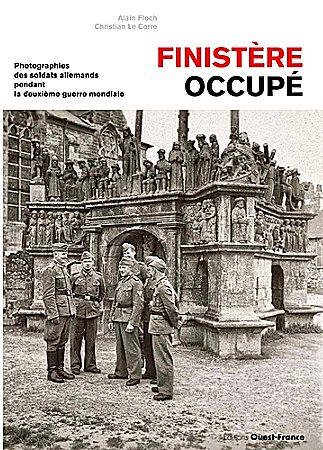
Alain FLOC'H & Christian LE CORRE. Ed. Ouest-France |
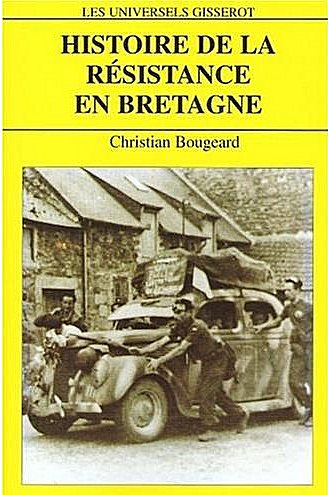
Christian BOUGEARD. Ed. Gisserot |
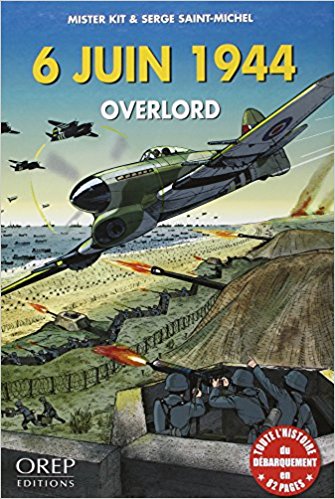
Mister KIT & Serge SAINT-MICHEL
OREP Editions
( comic strip)




